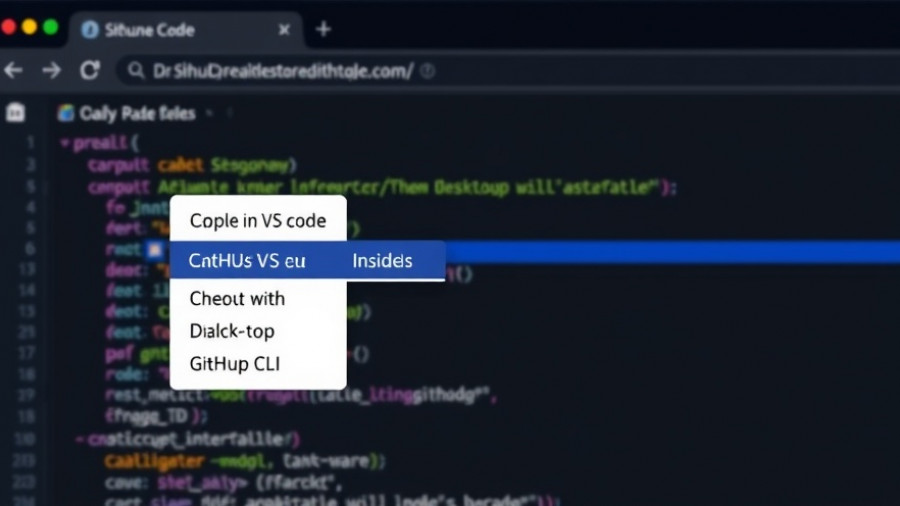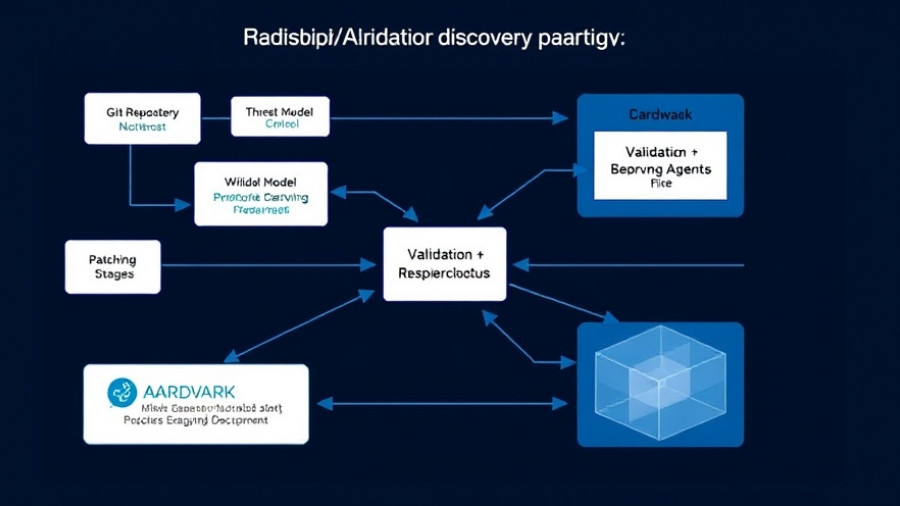
The Rise of Agentic AI in Payments
In an era where convenience meets cutting-edge technology, a recent survey revealed a staggering 81% of consumers are open to exploring agentic AI for payment processing. This acceptance signals a shift toward more integrated and efficient financial transactions. Companies like Mastercard, Google, and PayPal are leading the charge, introducing innovative agentic AI payment tools that could redefine how we handle money.
What is Agentic AI?
Agentic AI refers to advanced artificial intelligence systems capable of executing tasks independently, using deep reasoning to make decisions that enhance user experience and efficiency. Think of it as a smart assistant for your payments, capable of understanding your preferences and needs—whether it’s optimizing transaction times or choosing the best payment options for rewards and savings.
Empowering Consumers
The allure of agentic AI lies not just in its sophisticated technology, but in its potential to empower consumers. With AI agents capable of analyzing spending habits and providing tailored suggestions, users can gain a clearer insight into their financial health—allowing for more informed decisions. For example, an AI could suggest when to make a purchase based on your spending cycles, potentially saving you money.
Parallels with Other Technologies
This shift towards AI in payment processing mirrors trends we’ve seen in other sectors. Consider how smart home devices like thermostats and security systems are increasingly autonomous, adapting to our lifestyles without constant human intervention. Similar to that, agentic AI in payments acts as a personal finance assistant, automation serving to simplify rather than complicate daily life.
Future Trends in AI Payments
Looking forward, the integration of agentic AI in payments is expected to evolve rapidly. As more companies enter the market and consumer trust grows, we could witness features that include enhanced fraud protection through real-time transaction analysis and personalized transaction alerts. The goal here is not just to enable payments but to revolutionize the entire financial experience.
Social Connection and Value
The choice for consumers to adopt AI endows a sense of connection and control. With agentic AI tools, users are no longer merely passive recipients of transactions—they become active participants in shaping their financial outcomes. This relationship between technology and user empowerment is vital in developing innovative solutions that resonate with consumer needs.
Conclusion: Embrace the Future
The shift towards agentic AI in payments is not just a trend; it represents a fundamental transformation in how we interact with money. As we stand on the brink of this new era, it’s crucial to remain informed and open to these changes. For tech enthusiasts and ordinary consumers alike, the introduction of AI agents could mean an enriching and simplified financial journey ahead.
Curious about how agentic AI tools can redefine your payment methods? Explore the latest advancements and stay informed on the digital finance landscape!
 Add Row
Add Row  Add
Add 




Write A Comment